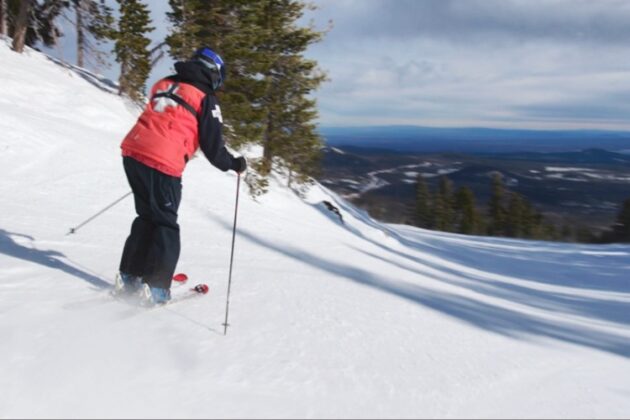
Winter has finally arrived in Central Oregon, along with the promise of bright chilly mornings, powder days at Mt. Bachelor, stout beers, and cozy evenings spent around the fireplace. Staying active in winter sports is a way of life here, and the orthopedic experts at The Center have these tips to keep the whole family injury-free this winter.
Proper equipment
Many accidents can be blamed on poor equipment. Check your gear before every outing and have it tuned regularly. Make sure your boots fit properly, your equipment is the right size, and it is the right equipment for your skill level. Dress in layers and wear sport-specific, properly fitting gear. Always wear a helmet when you ski, snowboard, ice skate, play hockey, sled, or snowmobile. Make sure it’s the right type of helmet for the activity and that it fits correctly. Ask your local ski shop to check the fit if you aren’t sure. And even wearing a helmet, never sled down a hill headfirst.
Strength Train
Condition muscles before the season starts and always warm up properly before starting your activity. Cold muscles, ligaments, and tendons are more prone to injury. Watch the video below to learn about the common knee injuries we see at The Center from skiing and what exercises to do to prevent them.
At the Mountain
If you are new to your sport, take lessons from a professional to learn how to fall safely and correctly to reduce the chance of injury. Take a break or stop when you are tired. Many injuries occur at the end of the day when you are too tired to participate safely. As you start a new winter season, remember that it will take time to develop your conditioning to the same level as past seasons. Pay attention to the weather. An epic day on the mountain shouldn’t be remembered for the injury that ended the season. A storm with high winds, low visibility, heavy, wet snow, a sudden drop in temperature, or a sheet of blue ice can all spell disaster when you’re on the slopes.





